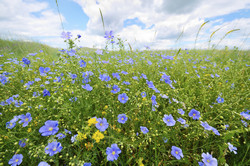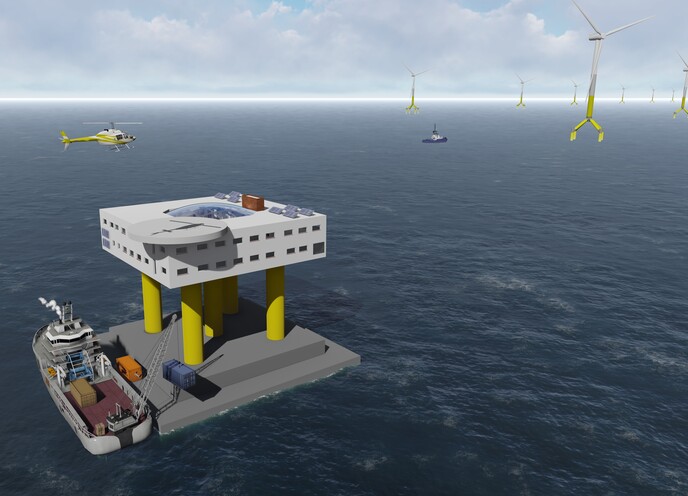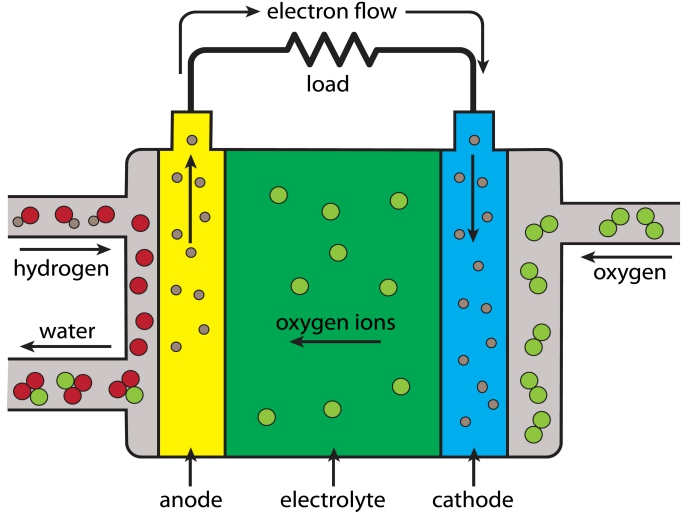Navigating the future of non-food crops
Non-food crops are increasingly being used as raw materials for biofuel production, and for fibre, polymers and pharmaceuticals. Their yield potential has to be as efficient as possible in order to minimise the competition for land with the food and feed sectors. The main objective of the EU-funded project 4F CROPS (Future crops for food, feed, fiber and fuel) was to survey and analyse all the parameters that contribute to successful non-food cropping systems in the agriculture of the EU. Initially, partners estimated the currently available land for cultivation of non-food crops and gauged how this availability would change over the coming decades. The most available land for now and for 2020 was recorded in Spain, while in 2030 it was estimated to be in Poland. By considering 15 selected crops, the rotation possibilities, the yields and raw material characteristics, project partners developed specific cropping systems for each climatic area. Additionally, they developed different scenarios based on the climatic zones, the types of soil and crop, and the level of input. The consortium examined economic viability of non-food crops in many different European countries and climatic zones. The overall conclusion was that non-food European crops have a very promising future, although currently they are not earning the opportunity cost of land. 4F CROPS found that biofuel crops will need 25 million hectares of land by 2020 according to current biofuel targets in the EU. Researchers also quantified Europe's total biomass demands in 2020 and 2030 under several different scenarios. Overall, the 4F CROPS initiative provided an extensive overview of the current situation in the non-food crop agriculture coupled to land usage predictions for the future. The proposed cropping systems will benefit farmers in a wide range of climatic, soil and crop conditions.
Keywords
Non-food crops, agriculture, biofuel, food, feed, available land, cropping systems







